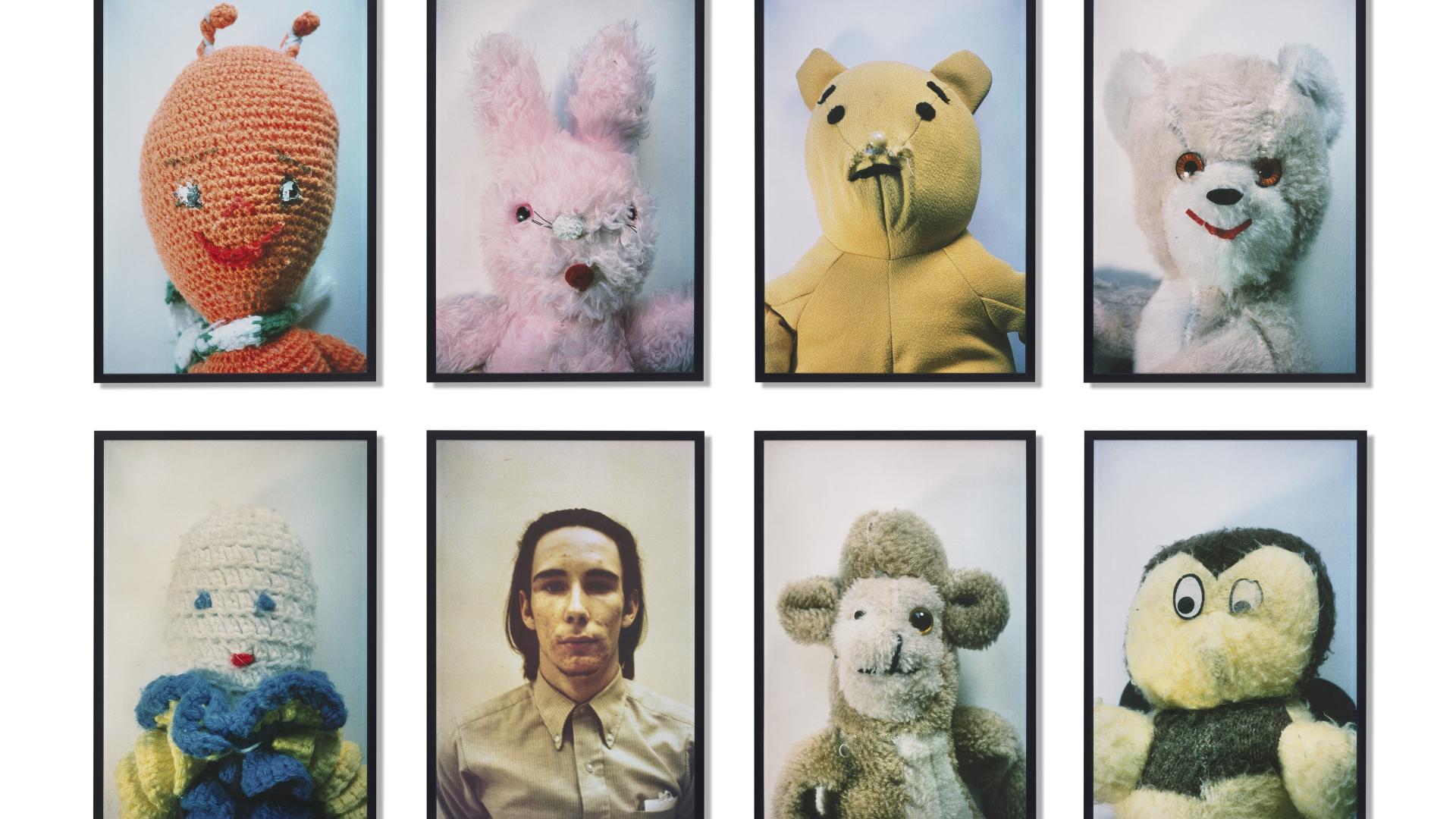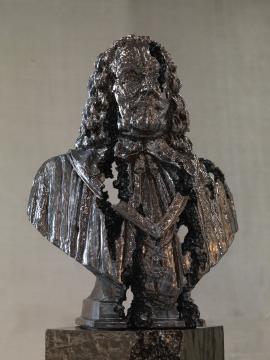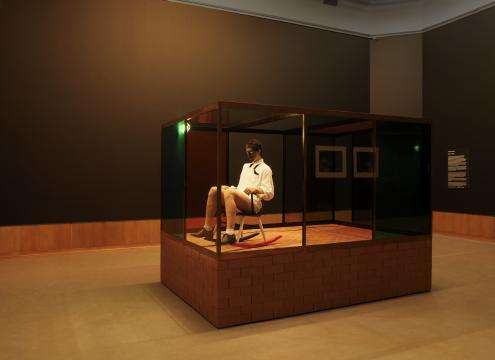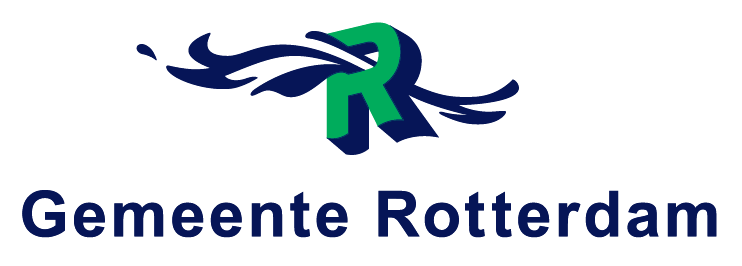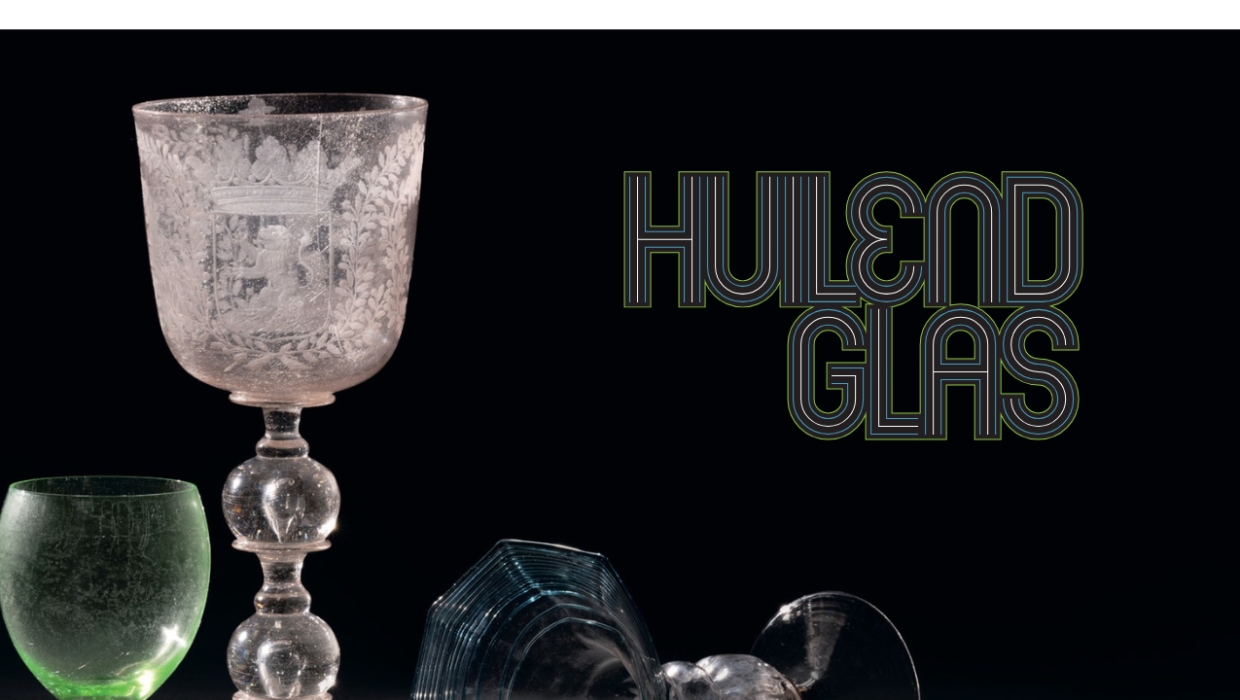History is a story that’s constantly in motion, and always open to reinterpretation. The stories we tell shows art as a catalyst for change. The artists in this exhibition shed light on society from their own personal perspectives. Their stories are about the human condition – about the complexities, contradictions and possibilities of our time. They expose underlying structures and challenge us to rethink what we have taken for granted.
By bringing together a diverse range of works by artists, The stories we tell creates space for new perspectives and invites us to look critically – and with a fresh perspective – at the world around us, so that we can shape our future more consciously.
What stories are worth telling? And what kind of world do we want to live in?



